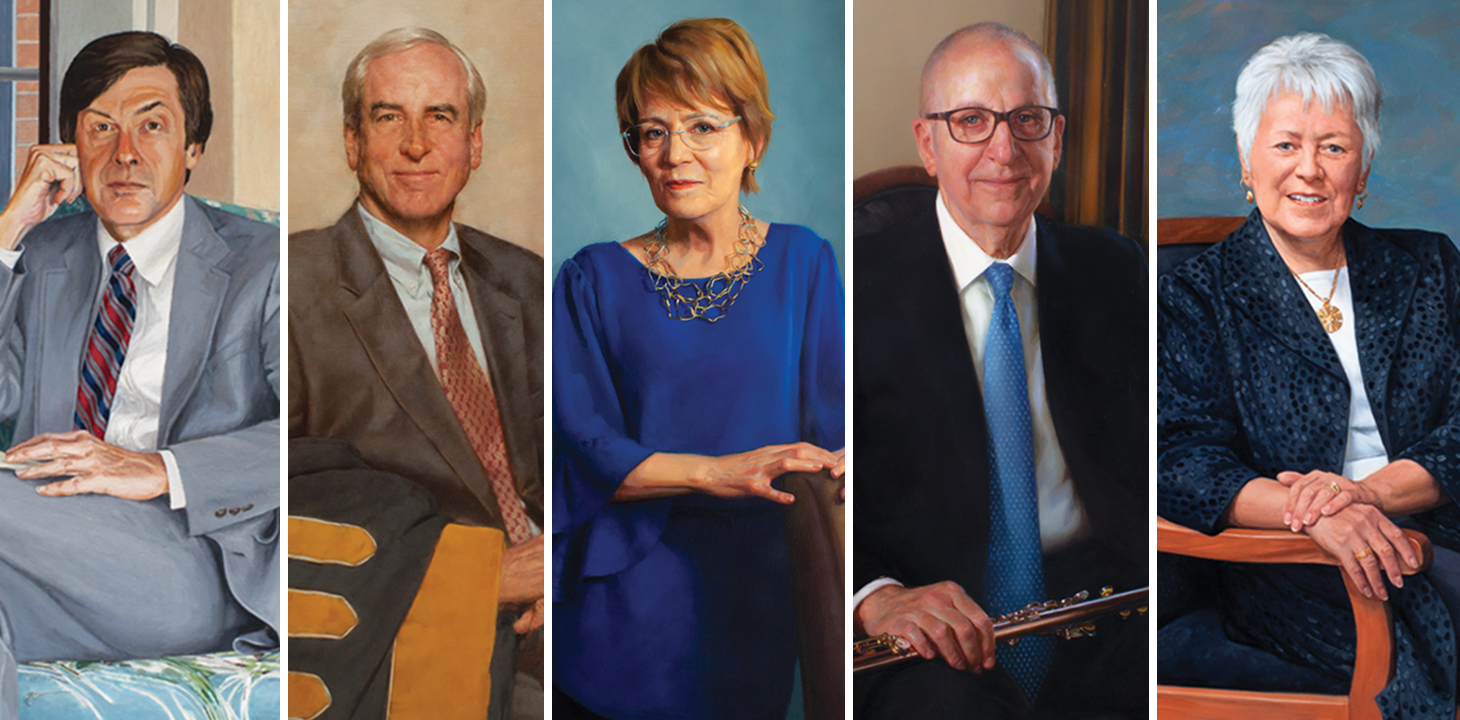Six Presidents, 50 Years, and the Decisions that Shaped the University of Iowa
This past October, the University of Iowa's six living presidents—Willard "Sandy" Boyd (81LHD), Hunter R. Rawlings III, Mary Sue Coleman (19LHD), David J. Skorton, Sally Mason, and J. Bruce Harreld—assembled in Iowa City during homecoming weekend for the rededication of the presidential portrait gallery at the Main Library. The leaders reflected on their tenures, revealed their visions for the university's future, and shared their ideas about what lies ahead for higher education. In honor of this historic meeting of the minds, Iowa Magazine takes a closer look at the presidents who guided the university to new heights.
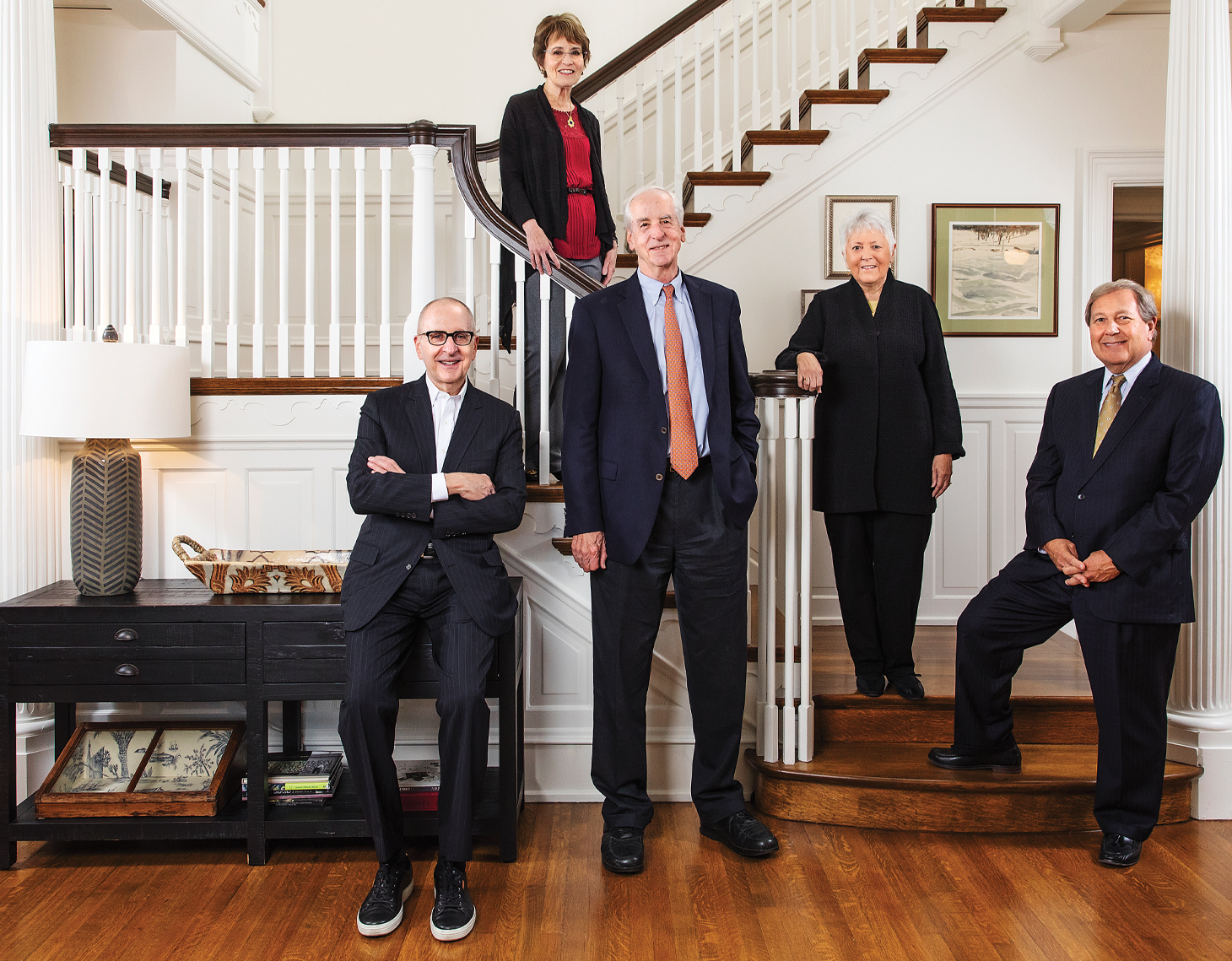 PHOTO: DAN ROLLING
From left, David J. Skorton, Mary
Sue Coleman, Hunter R. Rawlings III,
Sally Mason, and J. Bruce Harreld
(not pictured: Sandy Boyd) at the UI
President's Residence.
PHOTO: DAN ROLLING
From left, David J. Skorton, Mary
Sue Coleman, Hunter R. Rawlings III,
Sally Mason, and J. Bruce Harreld
(not pictured: Sandy Boyd) at the UI
President's Residence.
What's Next for Higher Ed?
Current UI president Harreld joined past leaders Rawlings, Coleman, Skorton, and Mason for a recent presidential panel at Voxman Music Building. In this video from the event, the presidents share their optimism about the future of public higher education at America's leading research universities.
Hunter R. Rawlings III
17th President of the University of Iowa, 1988–1995
 IMAGE COURTESY UI LIBRARIES SPECIAL COLLECTIONS
IMAGE COURTESY UI LIBRARIES SPECIAL COLLECTIONS
-
Currently: Professor emeritus and president emeritus at Cornell University and has served as an instructor at George Washington University
-
Key UI achievements: Guided the university through the difficult days following a 1991 campus shooting in which six people died; opened the Pappajohn Business Building for the Henry B. Tippie College of Business, as well as the Oakdale research park; led the university to its selection as the site of the National Advanced Driving Simulator; oversaw campus recovery from the 1993 flood
-
UI memory: "Nov. 1, 1991, was a day of horror. My wife, Elizabeth (92MFA), and I were in Columbus, Ohio, and we were going to attend a football game the next day. In the hotel, I got a call from Ann Huntzinger (67BA), my assistant, and she said, 'I'm under my desk in the office.' I'll never forget that.
"That's the kind of trauma that no one's prepared for; I don't care how much practice you've had. And frankly we hadn't had any practice for anything like that, because it was unheard of. I'll never forget the way Ann Rhodes (76MA, 82JD), who was in charge of communications for the university, stepped up, and so did others in the community. I remember a minister welcomed Chinese students and said, 'I know you're all feeling nervous about what's going to happen to you now, but we want you to know that you've got a safe place here, and we're all supporting you,' and we had that kind of response from the community and from the university. I've never been prouder of a group of people under terrible stress than I was then."
Mary Sue Coleman (19LHD)
18th President of the University of Iowa, 1995–2002
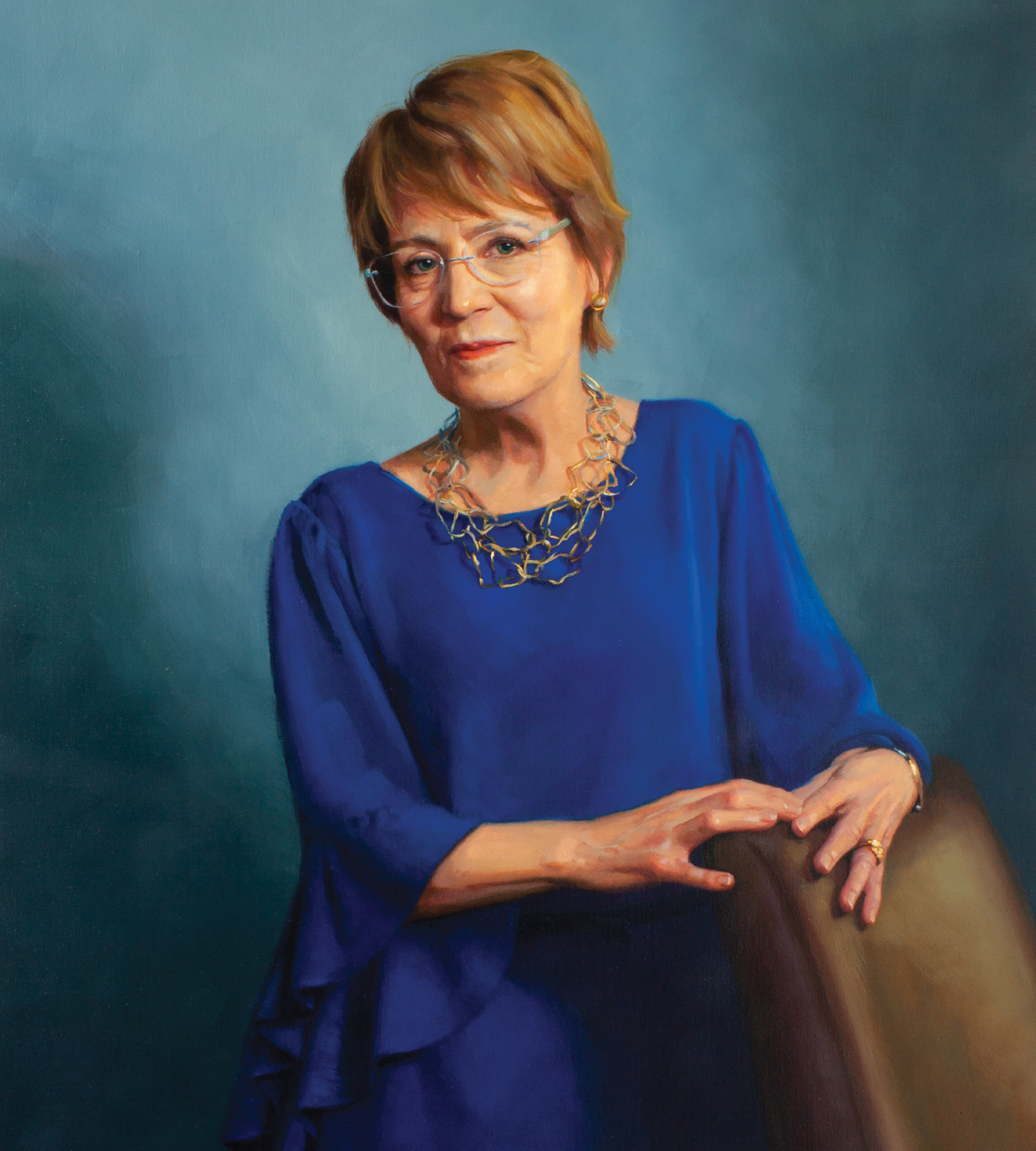 IMAGE COURTESY UI LIBRARIES SPECIAL COLLECTIONS
IMAGE COURTESY UI LIBRARIES SPECIAL COLLECTIONS
-
Currently: Professor emeritus and president emeritus of the University of Michigan, president of the Association of American Universities
-
Key UI achievements: Led development efforts on campus, including the construction of 11 buildings; established the Stepping Up Project to combat binge drinking on campus; increased external research funding amid budget cuts; merged men's and women's athletic departments; held fireside chats to increase dialogue with students
-
UI memory: "The event emblazoned in my mind—and it shows the spirit of this place—is the day that the Old Capitol burned. It was just a soul-crushing event, that this was the heart of the campus. We thought it would be destroyed, but they saved it. Even better, it got turned in from this crumbling building that nobody quite knew what to do with into this gorgeous museum, and to the great credit of the people here who made that happen."
David J. Skorton
19th President of the University of Iowa, 2003–06
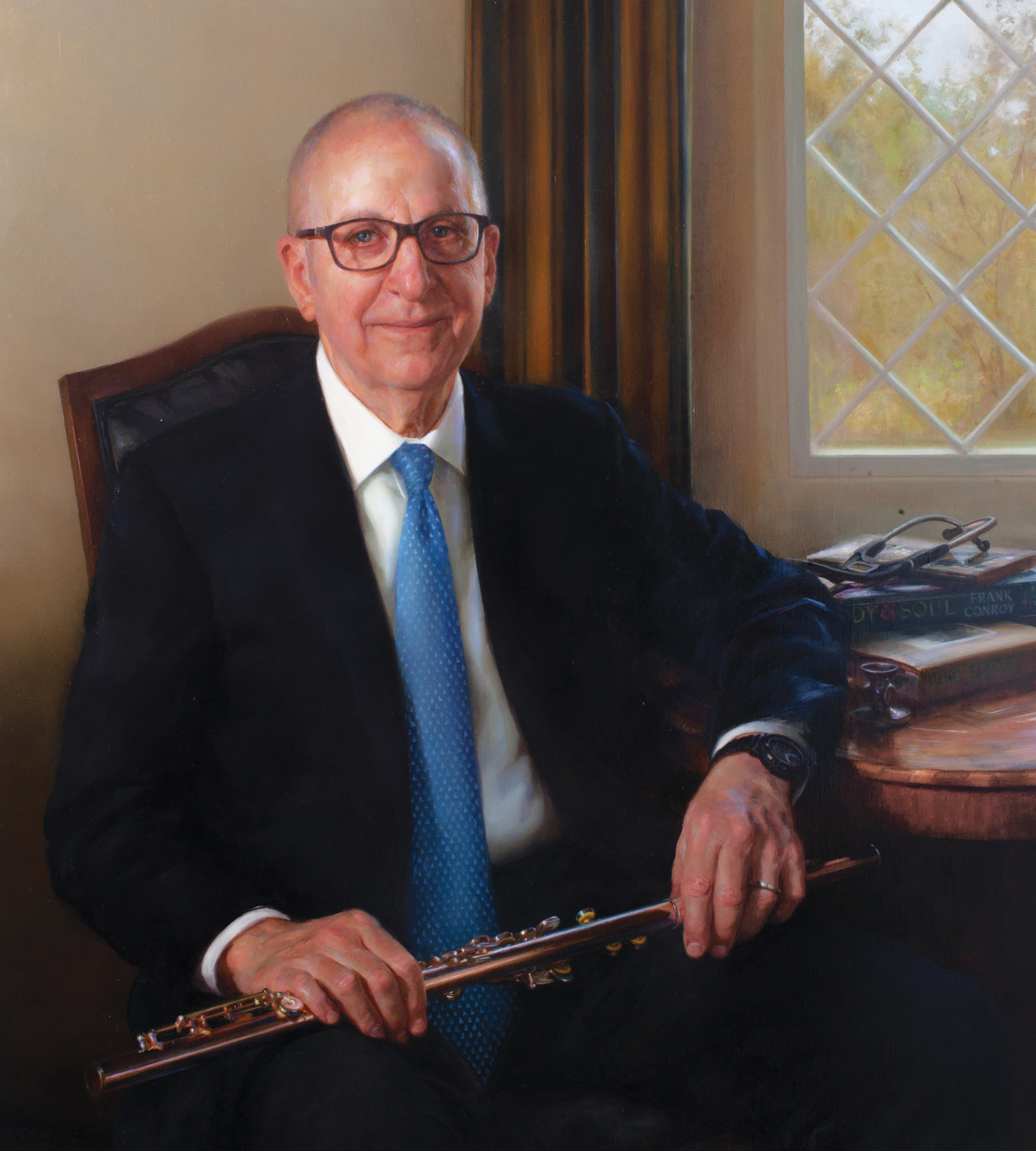 IMAGE COURTESY UI LIBRARIES SPECIAL COLLECTIONS
IMAGE COURTESY UI LIBRARIES SPECIAL COLLECTIONS
-
Currently: President emeritus of Cornell University, president and CEO of the Association of American Medical Colleges
-
Key UI achievements: Integrated the STEM disciplines with the arts and humanities; opened the Blank Honors Center and Pomerantz Center; oversaw the UI's "Good. Better. Best. Iowa" fundraising campaign that raised more than $1 billion; opened his home to students in 2006 after a tornado hit Iowa City; started the president's block party with his wife, Robin Davisson (88BS, 91MA, 94PhD)
-
UI memory: "I learned a lot about the importance of the humanities and the arts at the University of Iowa. I'm a doc, and I did research in engineering, and so I came from the STEM world and knew implicitly that there was some importance to it in general in education. But I learned much more about it by being exposed to Frank Conroy, our late wonderful leader of the Iowa Writers' Workshop, who was my mentor in music. We had a band that consisted of Dan Moore, who's still head of the percussion program here, and John Rapson, who, until recently, was in charge of the jazz program, and a couple of others. Frank called the group, 'Close Enough,' and he had a big, big influence on me."
Sally Mason
20th President of the University of Iowa, 2007–15
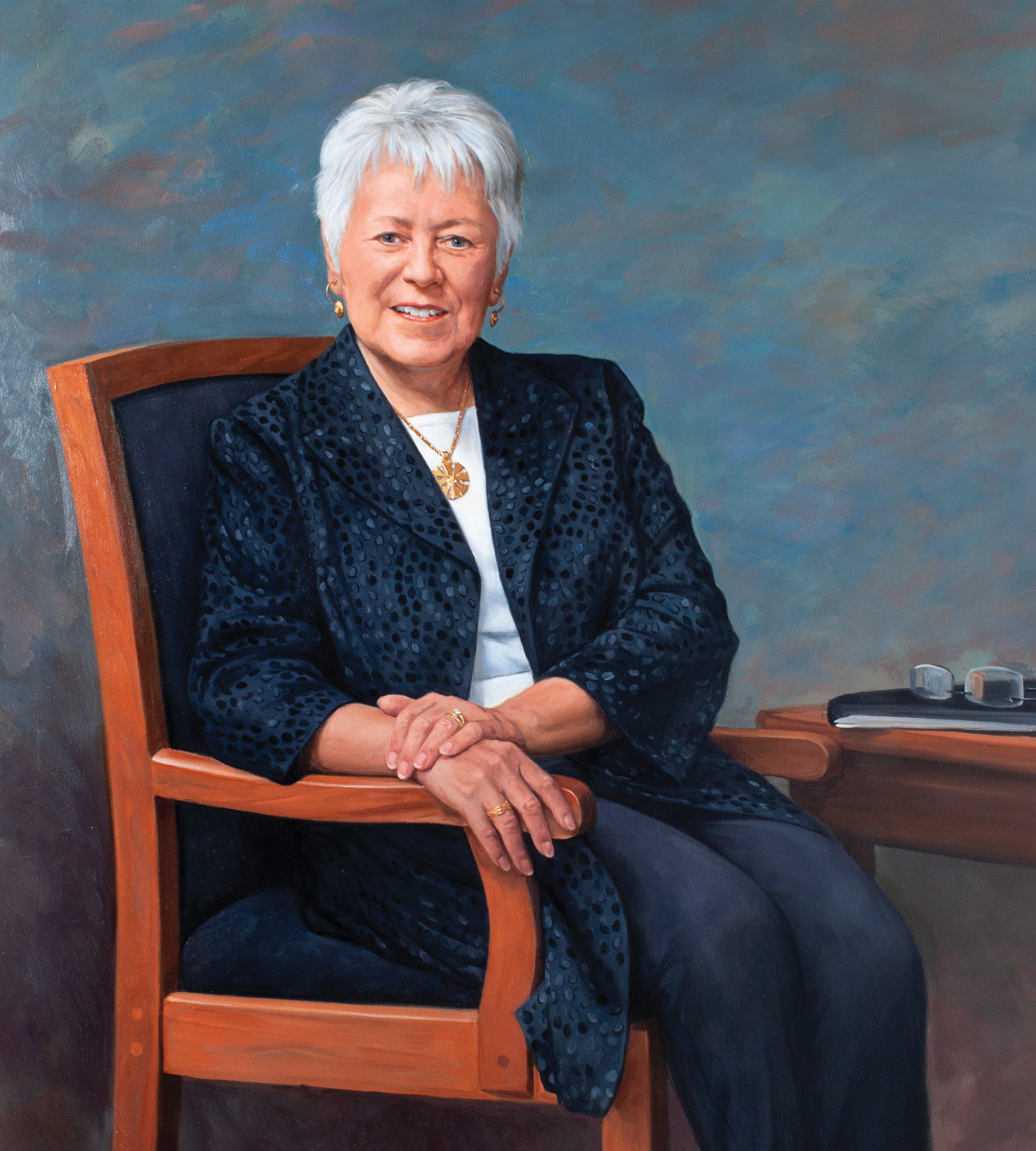 IMAGE COURTESY UI LIBRARIES SPECIAL COLLECTIONS
IMAGE COURTESY UI LIBRARIES SPECIAL COLLECTIONS
-
Currently: Consultant for the Association of Governing Boards of Colleges and Universities and trustee for Des Moines University and Embry-Riddle Aeronautical University
-
Key UI achievements: Led campus through the 2008 flood and recovery efforts; created more scholarship opportunities and services for veterans and first-generation students; taught a president's leadership class; launched the Office of Sustainability; led the planning for Hancher Auditorium, the new art and music buildings, UI Stead Family Children's Hospital, Pappajohn Biomedical Discovery Building, and Petersen Hall; oversaw the "For Iowa, Forever More" campaign that raised nearly $2 billion
-
UI memory: "My most vivid memories of the flood include images of the hundreds of people who worked tirelessly to fill and place sandbags, move books in our library, and empty our art museum; and meetings in our 'war room,' where key members of my administrative team were making critical decisions on how to protect the campus, ensure the safety and well-being of our people, and plan for what would be a lengthy clean-up and recovery. At one point, I had the opportunity to view the flood from our life-flight helicopter. The views were stunning and shocking—homes under water, roads and facilities inundated, and the water raging.
"There are so many stories of heroic work and wise action taken by many different people during the flood. People just did what needed to be done and focused on helping others. That's Iowa, and I grew to know that our people in Iowa are very special. Creative and caring are the two words that always pop into my head when I think about how we all interacted during this time."

